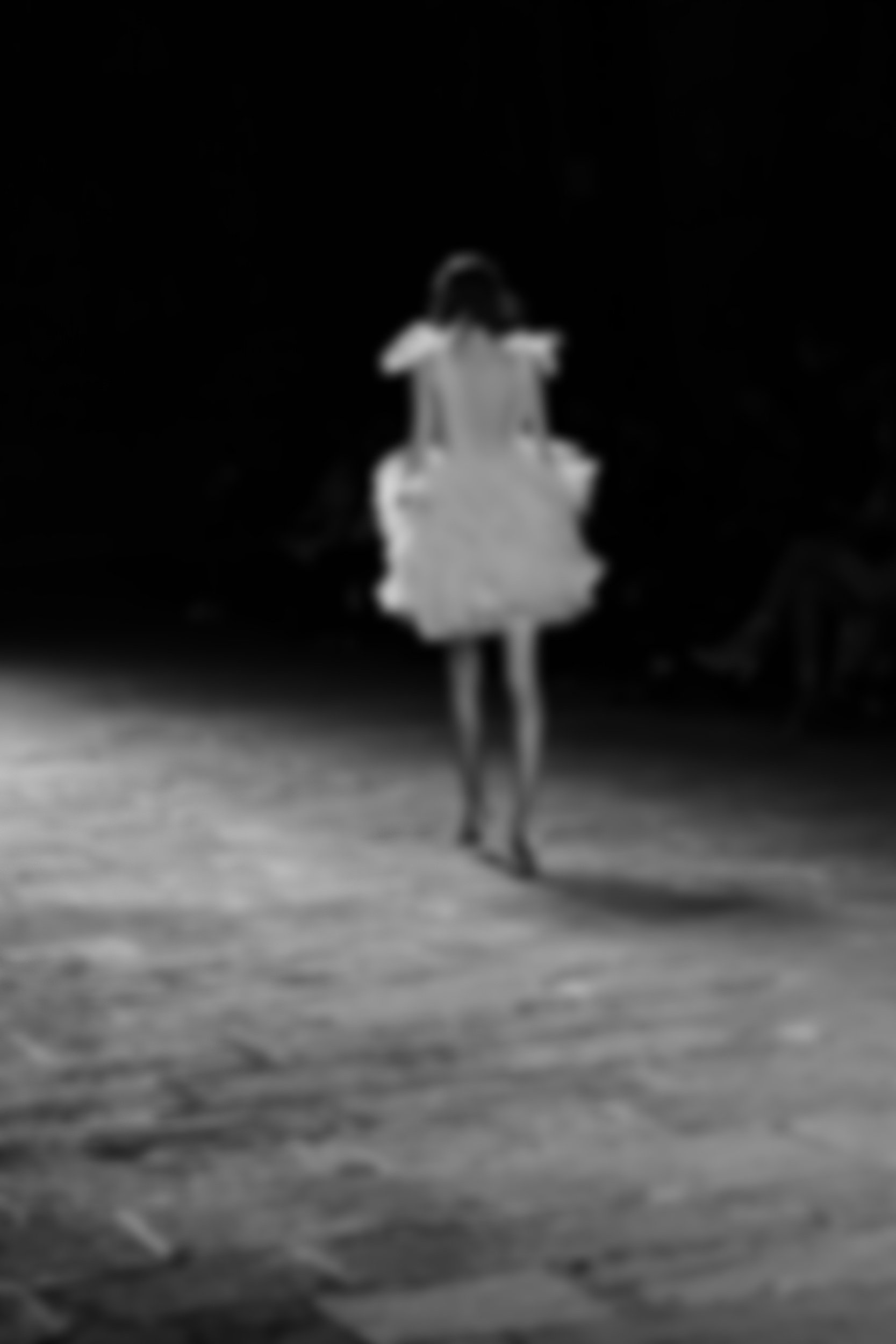
Balenciaga
Decline and Revival: Balenciaga’s Legacy
In the early 1950s, both Dior and Balenciaga were seen as leaders in Paris couture, but their approaches were contrasting. Dior popularized the hourglass silhouette while Balenciaga became famous for his innovative details like bracelet sleeves and the famous sack dress. His work was admired for its sculptural quality and technical mastery, often influencing designers like Hubert de Givenchy and Yves Saint Laurent. Balenciaga’s refusal to engage with the press and the secrecy surrounding his shows made him an enigmatic presence in the fashion world.
In 1968, Balenciaga closed his couture house and four years later passed away at the age of 77. For a while, the brand remained quiet. It was revived in 1986 by the French company Jacques Bogart, but it wasn’t until 2001 that Balenciaga’s legacy was fully reawakened. That year, the house was acquired by Kering, one of the world’s leading luxury groups. This acquisition gave Balenciaga new resources, creative freedom, and the infrastructure to scale globally. Nicolas Ghesquière, who led the brand until 2012, reintroduced Balenciaga’s experimental edge with a futuristic yet elegant aesthetic that caught the attention of the fashion elite.
Demna Gvasalia took over as creative director in 2015, marking a new chapter for the house. Known for his subversive take on luxury and blending of high fashion with streetwear, Demna redefined the brand’s image and reached a younger, global audience. Under his leadership, Balenciaga became one of Kering’s top-performing brands by 2018. In 2021, Demna brought Balenciaga back to its roots with the brand’s first couture show since Cristóbal’s era, bridging historical craftsmanship with contemporary provocation. The fusion of legacy and innovation cemented Balenciaga’s place as one of the most relevant and influential fashion houses today.
In March 2025, it was announced that Demna would be leaving Balenciaga to take on the role of Artistic Director at Gucci, another Kering-owned brand. This move came after Sabato De Sarno's departure from Gucci, and Demna is set to begin his new position in July 2025. His final collection for Balenciaga is scheduled to be presented during Couture Week in June 2025. As of April 2025, Balenciaga has not named a successor, and the fashion world is eagerly anticipating the brand's next direction.
Signature Elements of Balenciaga
Architectural Silhouettes: Bold, structured shapes with sharp lines and dramatic volumes.
Innovative Draping: Masterful fabric manipulation, often involving asymmetrical draping or sculptural folds.
Minimalist Aesthetic: Clean, often monochromatic designs focused on form rather than embellishment.
Cocoon Shapes: Oversized, cocoon-like coats and dresses, a hallmark of the brand.
Futuristic Streetwear: Under Demna Gvasalia, modern, edgy designs blending high fashion with streetwear influences.
The Beginning: A Self-Taught Prodigy
Cristóbal Balenciaga was a self-taught fashion genius who opened his first fashion store in 1917 in Spain. He later moved to Paris in 1937 due to the Spanish Civil War. Unlike many of his peers, Balenciaga was an introverted figure who preferred working directly on garments rather than sketching them. He focused on the physical construction of clothing, using his unmatched technical skill to create groundbreaking pieces. While Christian Dior was a friend, Balenciaga distinguished himself by prioritizing innovation in garment construction over conceptual design.